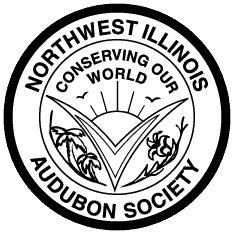Preserving Biodiversity
Both the Elkhorn Creek and the Silver Creek properties are called “biodiversity preserves.”
Why is biodiversity important?
Preserving Biodiversity
Both the Elkhorn Creek and the Silver Creek properties are called “biodiversity preserves.” Why is biodiversity important?
Biodiversity refers to the variety of biological units in an area. There are several types of biodiversity and these different types are important in helping make preserve management decisions:
- species diversity
- genetic diversity
- ecological diversity
- functional diversity
Species diversity. The most familiar type of biodiversity is that of various species, in other words, how many different kinds of organisms are present. Each kind of organism that is genetically isolated from other kinds of organisms is termed a species.
Genetic diversity. Natural selection, over time, fine-tunes the population of a particular species in any given location to the soils, slope, moisture, etc., of its particular location. In this way, different populations of the same species may exhibit considerable genetic biodiversity.
Ecological diversity. This is a somewhat more difficult concept to grasp. Primarily it reflects the fact that certain species are adapted to certain types of communities, i.e., swamp, marsh, forest, prairie, etc. But it also includes the idea that within each type of community – for instance “prairie” – there are finer distinctions such as dry dolomite prairie, dry gravel prairie, wet prairie, mesic prairie, etc. Ecological diversity further recognizes that, within each type there is considerable variation, i.e., not all dry gravel prairies are the same.
When one is trying to restore a particular type of community, it is important not to include every species of plant, animal or microbe ever found in that situation. We instead try to include only species for which we have reasonable evidence that they were actually there.
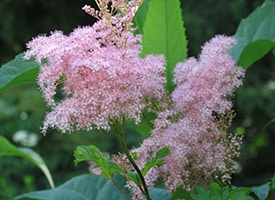
Functional diversity. A fourth type of biodiversity recognized by many authorities is somewhat easier to re-create: functional diversity. This means an environment “functions” similarly to its model and meets many of the needs of many of the species usually associated with that particular type of community.
For example, a field planted to a mixture of tall grasses and forbs using non-local seeds may provide adequate nesting habitat and feeding areas for many grassland bird species. This provision of “functional diversity” would not meet the criteria for any of the first three types of biodiversity discussed above.

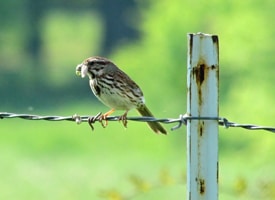

Our Preserves
Fortunately, both of the Northwest Illinois Audubon Society’s biodiversity preserves have an abundance of local populations of native species to build upon. Many of our management activities revolve around creating conditions to expand those populations. As we become more familiar with each preserve, we discover more and more native species waiting for our loving touch.
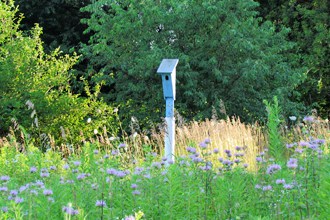
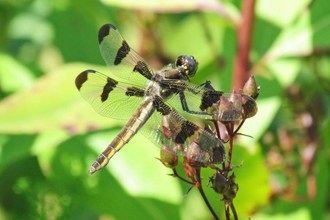

Also in Northwest Illinois
For more information and examples of local biodiversity, see:
Byron Forest Preserve District
Forest Preserves of Winnebago County
Freeport Park District
Illinois Audubon Society
Illinois Dept. of Natural Resources – State Parks and Forests
Jo Daviess Conservation Foundation
Natural Land Institute
Northwest Illinois Prairie Enthusiasts
Prairie Preservation Society of Ogle County
Severson Dells Nature Center
Upper Mississippi Wildlife and Fish Refuge
